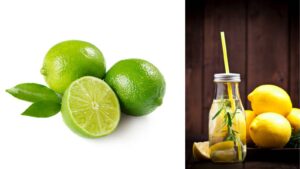Traditional Secrets of Tribal Kitchens: 5 Cooking Practices from India for Healthy and Flavourful Food
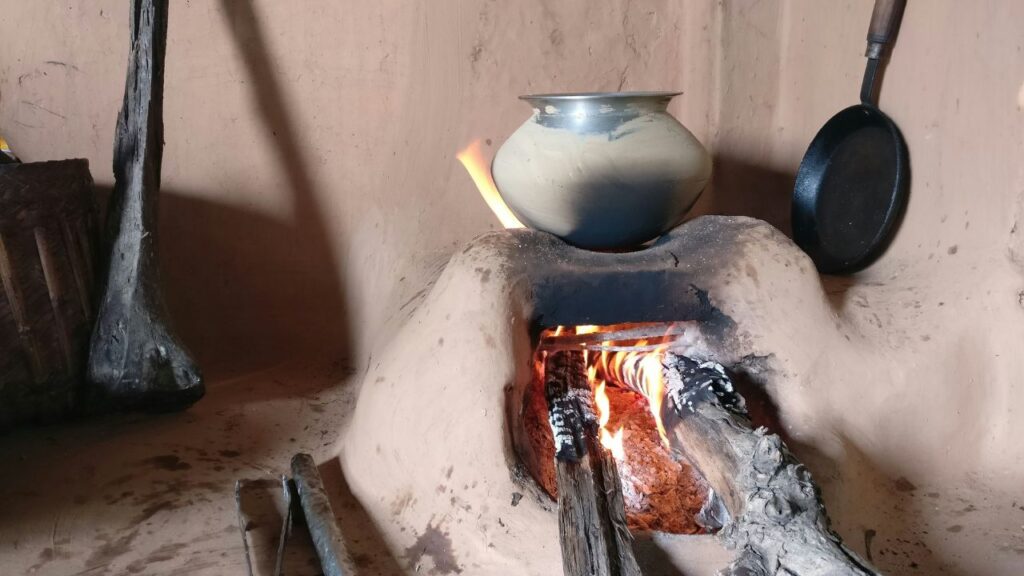
Walk into any tribal kitchen in India and you’ll see that food is more than just cooking. It’s a conversation with the forest, the fire, and the seasons. Recipes aren’t written down in books but carried in memory, passed through stories, songs, and traditions. These kitchens turn simple ingredients into meals full of meaning and flavour. Here are five traditional secrets of tribal kitchens that reveal their deep wisdom and connection with nature.
The bamboo pot that seasons food naturally
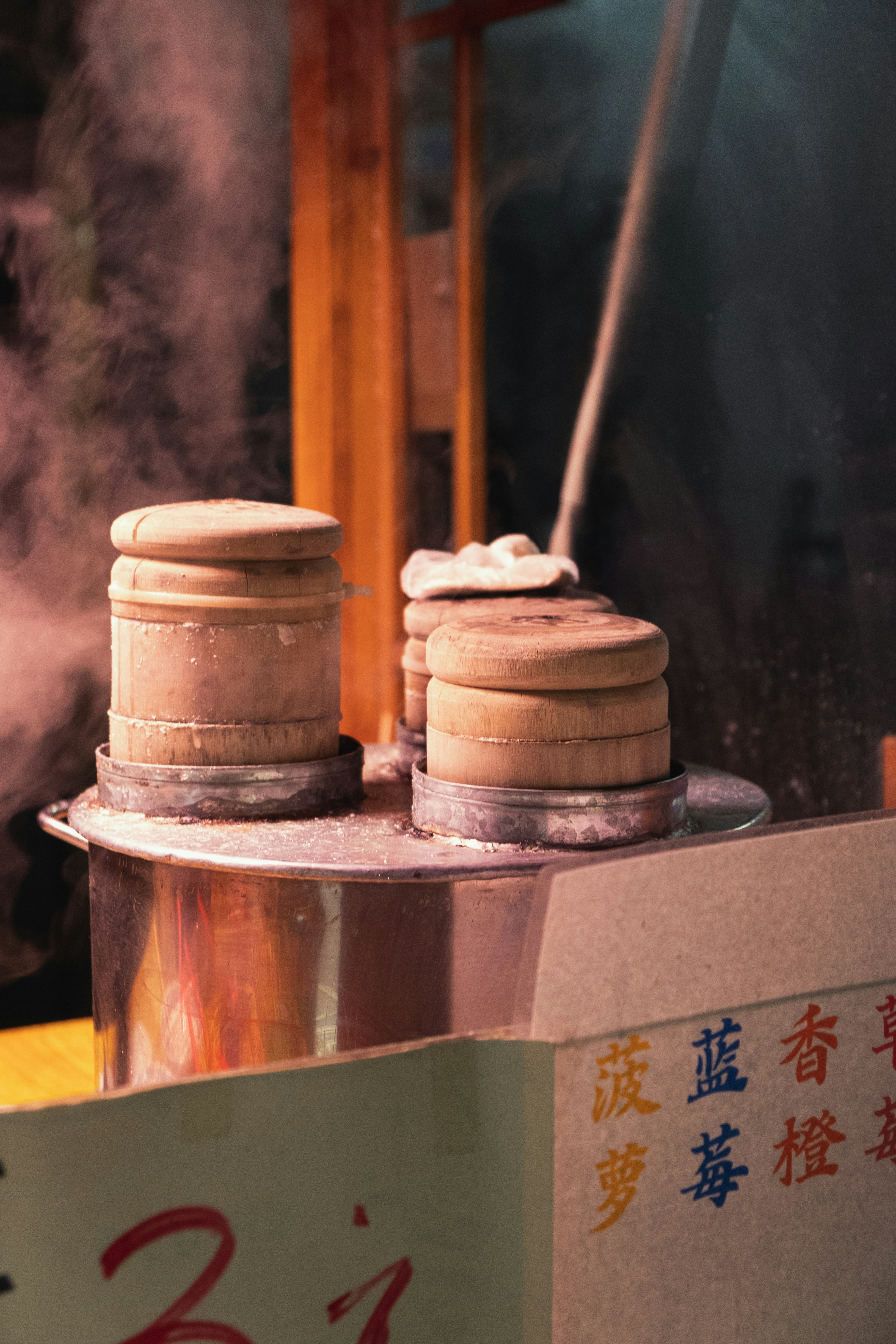
In Nagaland and Mizoram, rice and meat are cooked inside hollow bamboo stems, sealed with leaves, and placed over open fire. As the bamboo chars, the food inside absorbs a smoky aroma and a grassy sweetness from the stem itself. When you open it, the rice smells like the forest, earthy, damp, and green. This is something no steel cooker can match.
Fermentation: flavour and survival in one
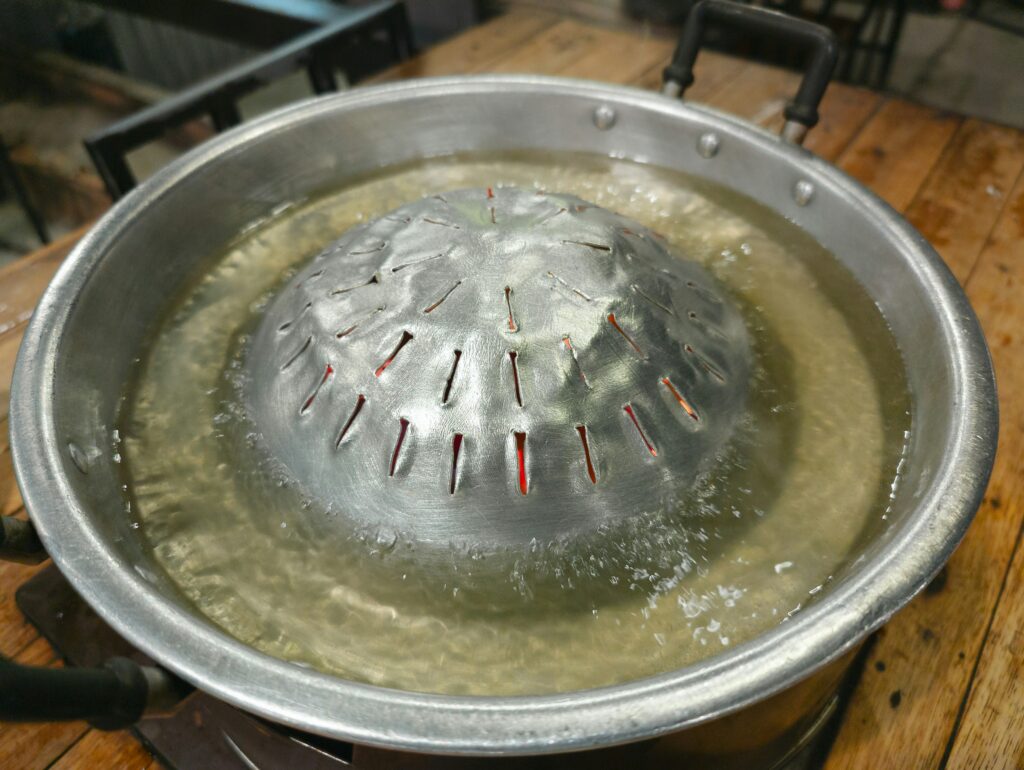
Fermentation is second nature in tribal kitchens. From Nagaland’s strong-smelling axone (fermented soybean) to Odisha’s cooling pakhala bhat (fermented rice water), every region has its own way. These foods not only add tangy and complex flavours but also help preserve harvests, cool the body in summer, or warm it in winter. It’s both science and instinct, practised for centuries.
Food folded in leaves
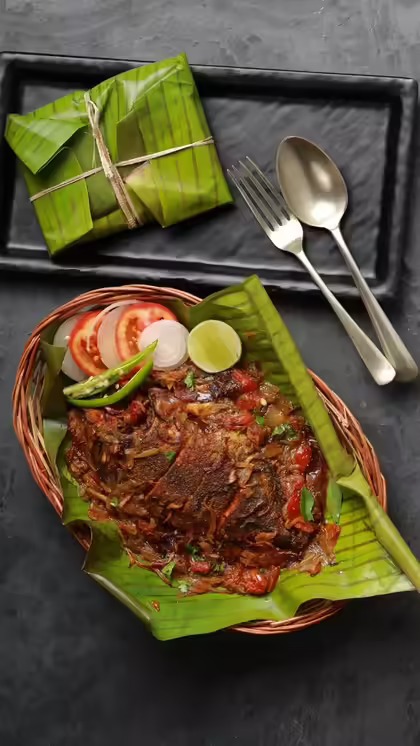
Banana, sal, or tendu leaves are the forest’s utensils. Fish spiced with chilies, tubers salted lightly, or grains with herbs are wrapped in leaves and placed under embers. The steam releases subtle bitterness from the leaves, blending with smoke from the fire. When unwrapped, the food feels like a gift, transformed in both taste and aroma.
Salt with the taste of the land
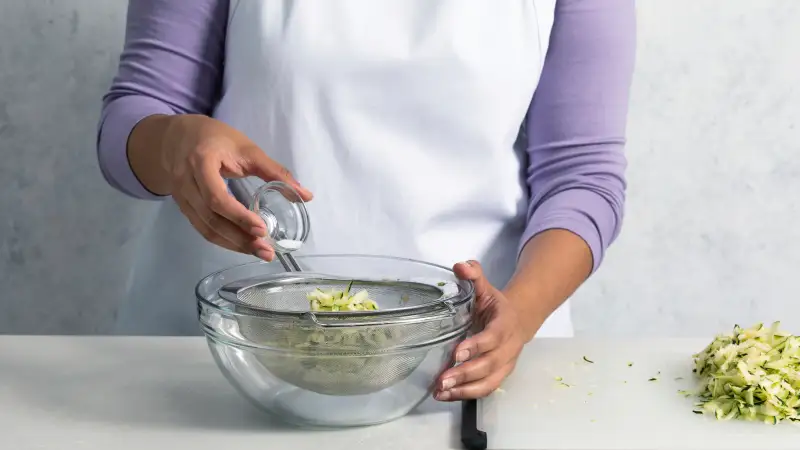
Long before refined salt came into our homes, tribal kitchens used salt rich in minerals, dug from earth, traded from rivers, or coloured by iron. These salts weren’t just seasoning but a direct link to the geography they came from. A sprinkle on roasted yam or chutney carried the taste of the land itself.
Mahua: the tree that nourishes and intoxicates
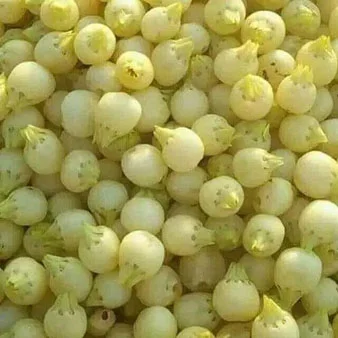
ALSO READ | Healthiest Cookware for Cooking and Storing Food: ICMR’s Dietary Guidelines Reveal Best Choices
For many Adivasi communities, the secrets of tribal kitchens when it comes to mahua tree is life itself. Its blossoms are dried and used in curries or fermented into a traditional drink. The seeds provide oil for cooking, while the fruit thickens gravies. Alongside mahua, wild yams, bamboo shoots, and foraged greens add variety. Nothing is wasted; everything is respected and transformed into nourishment.
These traditional secrets of tribal kitchens remind us that food can be both simple and profound. They show how nature, when treated with respect, gives back flavours and wisdom that modern kitchens often forget.


